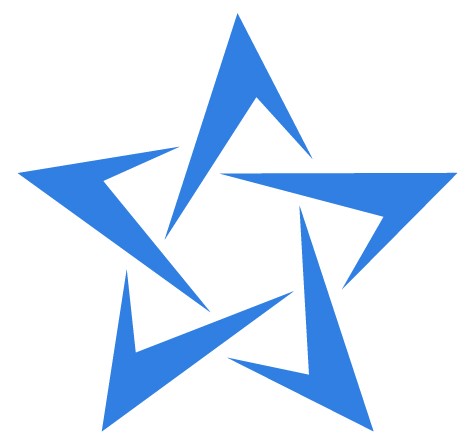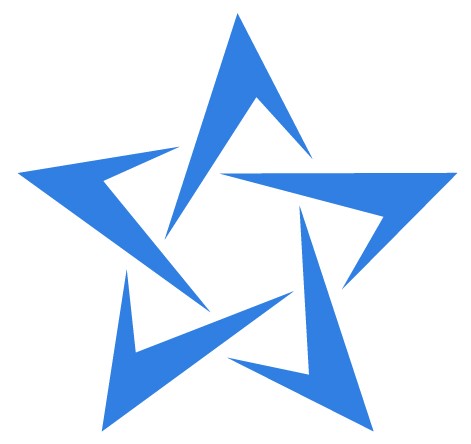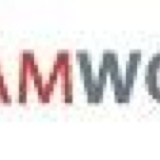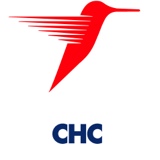Title Page
-
ETE 01 01 F - 01
-
Rail Break Report
-
Conducted on
Part 1: To Be Completed In The Field
-
Reporting Broken:
-
Date of break
-
Line
-
Location
-
Basecode
- Coal Road Up 10213
- Coal Road Down 10212
- Main North Up 10001
- Main North Down 10002
- Hexham Loop Up Refuge 19082
- Greta to Farley/Whittingham to Branxton Up Relief 19058
- Nundah Up Relief 14080
- Main North Single Line 10003
- Main North West 10018
- Ulan Line 10026
- Kooragang Up Branch 10223
- Kooragang Down Branch 10222
- Kooragang Up North Fork 10219
- Kooragang Down North Fork 10218
- Other
-
If other, describe:
-
Track
- Single
- Double
- Loop
- Up
- Down
- Other
-
If other, describe
-
For known Defect, Defect No.
-
Rail
-
In curve:<br>High rail/Low rail/Not Applicable
-
Plain Line/ Points & Crossing
-
If in Points & Crossing, describe component and location:
-
Cast Crossing
-
Rail Section Size
- Less than 40kg
- 40/41kg
- 47kg
- 50kg
- 53kg
- 60kg
- Other
-
If other, describe
-
Rail Type
- Standard Carbon
- Head Hardened
-
Rail Head Height on Running Face Either Side of Break Left (mm)
-
Rail Head Height on Running Face Either Side of Break Right (mm)
-
Rail Width (mm)
-
Fastening Type:
- Dogspikes
- Resilient
-
Sleeper Type: Select multiple if mixed
- Timber
- Concrete
- Steel
- Mixed
-
Sleeper Condition:
-
Sleeper support condition each side of break:
-
Ballast Degradation:
-
Rail Surface:
- Spalling
- Shelling
- Rolling Contact Fatigue
- Wheel Burns
- Chipping Keyway
- None
-
Vertical Geometry of nearest welds both sides of break (1m straight edge)
-
Weld 1 (mm)
-
Weld 1 (Dip/Peak)
-
Weld 2 (mm)
-
Weld 2 (Dip/Peak)
-
Estimated Air Temperature at Time of Break °C:
-
Gap at Break (mm):
-
If broken rail:
Advise of manufacturer, month & year rolled, heat number and ingot letter (usually on other side of rail standard and month & year rolled) and should be a letter from A to F etc. -
Manufacturer:
-
Heat Number:
-
Ingot Letter:
-
If broken weld, weld type
-
Welder's Identification Mark, Name or Weld Number:
-
If the rail or weld was previously marked, details of weld and defect numbers:
-
If broken insulated joint: Describe break (eg. pull apart, broken fishplates) and if available, manufacturer and insulated joint number
-
Method of finding break:
-
If other, describe:
-
Break Found By (name):
-
Date and Time Found:
-
TCR No. if applicable:
-
Describe the defect and the cause if known:
-
View of Track Condition Show location of break in relation to a curve/straight, turnouts, welds, joints, other structures or show evidence of top, twist, misalignment and mud holes/bog holes
-
View of Top of Rail
-
View of Field Side of Rail Break
-
View of Gauge Side of Rail Break
-
Inspector:
-
Signature:
-
Date:
Part 2: To Be Completed In The Office
-
Date of last Continuous Ultrasonic Rail Inspection:
-
Was a defect at break reported on last continuous ultrasonic rail inspection?
-
Stress Free Temperature at Break Location (if known) °C
-
Verse Measurement °C
-
If cause or break is immediately apparent, no further investigation is required.
For breaks of an unusual or complex nature, or the cause is not apparent from visual inspection or a pattern of breaks on a particular line section is becoming apparent, further investigation is required. -
Results of investigation, including metallurgical tests, if required. Link to reports
-
Cause of break:
-
Comments:
-
Additional Photos View of each face of the break's cross-section Cross Section 1 & 2
-
Note: Attach or insert more detailed photographs of break if it is considered that the defect may have been detectable during the last continuous ultrasonic rail inspection, or for forwarding details of complex or unusual broken rails to continuous ultrasonic inspection Contractor.
-
Break details entered onto database and form filed by (name):
-
Position:
-
Date:














